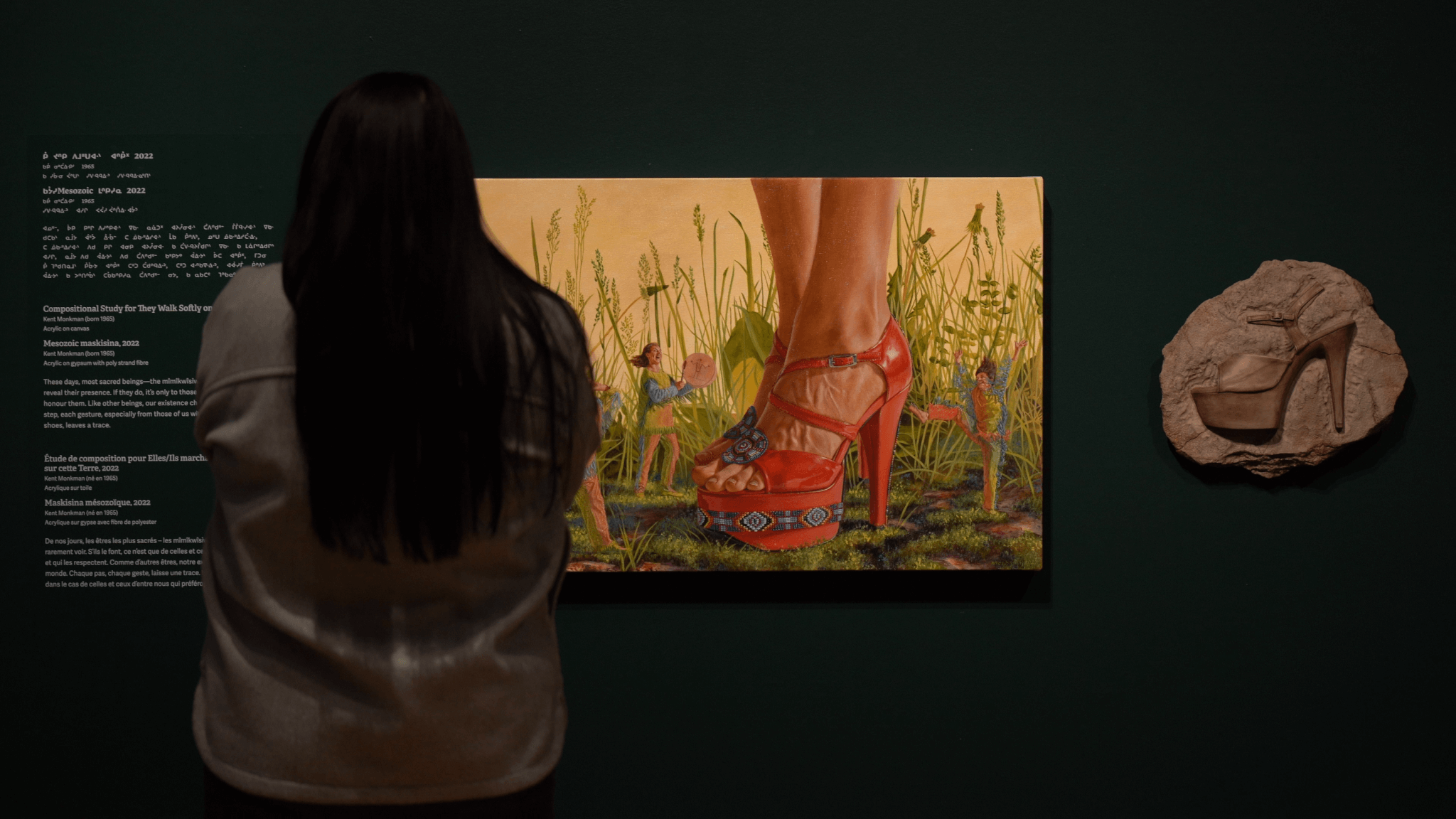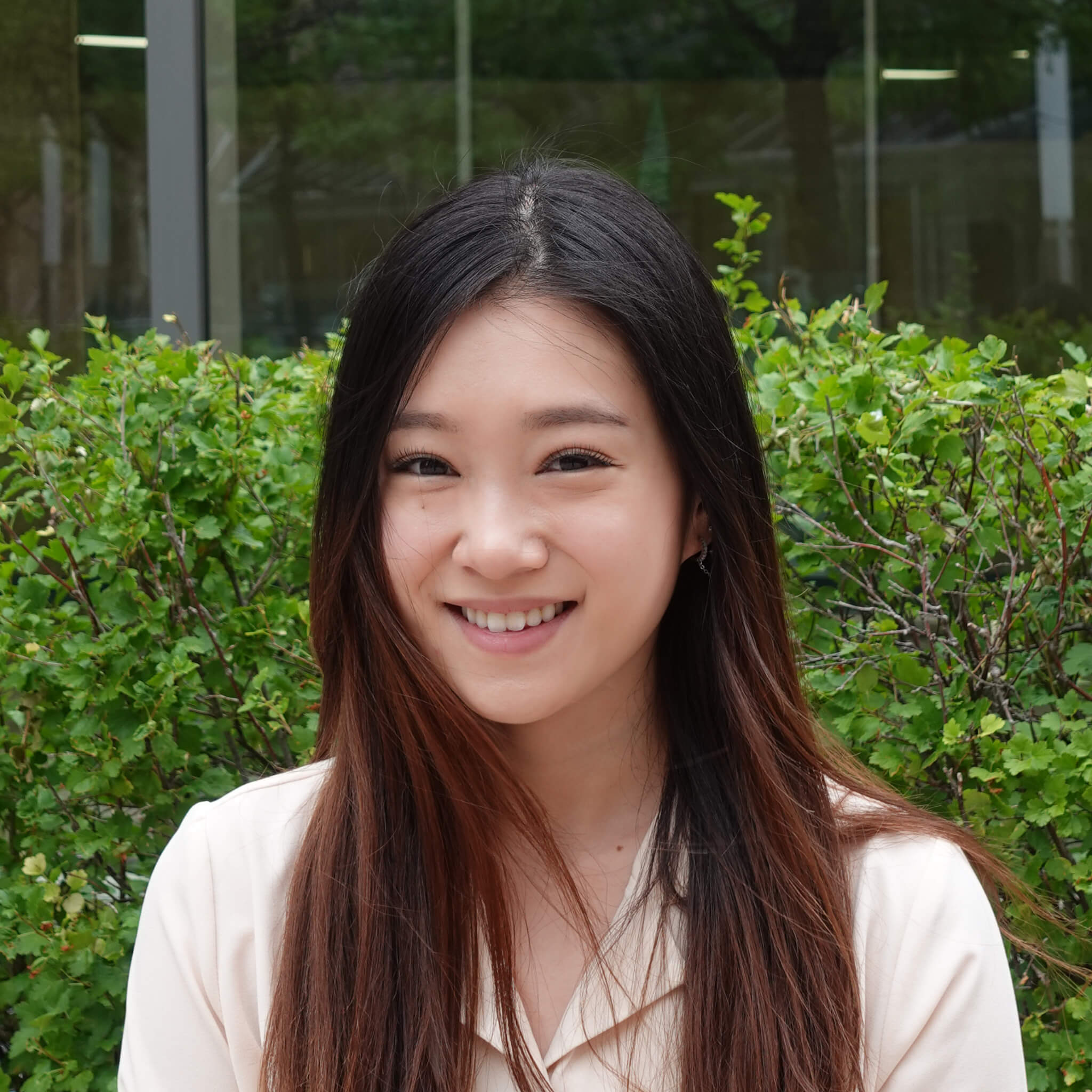Honouring Our Histories & Identities: Reflection to Action
I had the pleasure of attending Cree artist Kent Monkman’s exhibit Being Legendary at the Royal Ontario Museum (ROM) on February 1st as part of Being Legendary: Honouring Our Histories & Identities, an event hosted by YouthREX in partnership with the School of Social Work at York University, School of Indigenous Relations and Indigenous Programs at Laurentian University, and Factor-Inwentash Faculty of Social Work at the University of Toronto. The attendees comprised Indigenous and non-Indigenous students studying social work, social justice, education, and Indigenous studies.
Before visiting the ROM, Elder Vivian Recollet (from Wikwemkoong Unceded Territory, residing in Tkaronto) offered her wisdom and a blessing with us, sharing her experience being Indigenous in Canada. An overarching theme in her teachings was the concept of reconciliation – that it isn’t enough to apologize for the atrocities committed against Indigenous peoples, but that we must continue to build better relationships with Indigenous communities through acknowledgement, education, and public policy.
Elder Vivian’s words stayed with me as I entered the exhibit. While not being Indigenous myself, I wished to better educate myself about the experiences, stories, and triumphs of Indigenous peoples in Canada today. Monkman’s exhibit felt deeply personal, and each piece featured a description of the story behind it – what Monkman described as acîmowina, stories that contain knowledge. Beside a painting titled “The Rocks Hold Their Stories”, Monkman writes about the mîmîkwîsiwak, the Little People, who tell the earth’s oldest stories. Beside another, an acrylic painting portraying generations of a family together, he shares how Indigenous people and culture grow stronger when stories are told.
The most impactful painting to me was located in a dimly-lit alcove, illuminated by a single light. The brightly coloured painting showed a child dressed in a nightgown, standing on their tiptoes, reaching for a bird sitting on a windowsill and just beyond their outstretched hand. Some students found it hopeful, others found it bleak. To me, this portrayal of a child in a residential school sparked feelings of anger and guilt. While I have known about the history of residential schools, and how shockingly recent their existence is, seeing the painting showed me emotion beyond the clinical recounting found in textbooks and made me realize how frustratingly close freedom was for the children in residential schools.
I felt guilty that the Canada I found welcoming as a child was so cruel to others. The feelings of anger and guilt continued in the next part of the exhibit, with displays of history lost to theft, and the unfathomable atrocities committed by the Royal Canadian Mounted Police, which continue to this day. The genocide against Indigenous people committed by the federal government of Canada cannot be forgotten, nor can it be forgiven. It is difficult but necessary to learn about the actual events in Indigenous history, so that we ensure we move towards a more equitable and just future.
The exhibit ended by showcasing contemporary, prominent figures in Indigenous communities in large, colourful portraits, showing that strength prevails, and will continue to prevail, despite continued oppression. Monkman highlights the legends that will be passed down far beyond our lifetimes, ending the exhibit on a note of resilience and hope.
After the exhibit, the attendees participated in two sharing circles – a type of group practice where all participants share feelings, thoughts, and/or struggles in facilitated conversation. Each of us reflected on the exhibit, using a series of questions as a guide. Each student gave their unique perspective on art, history, and what social justice meant to them. While emotionally difficult at times, I found the experience extremely rewarding.
When one student found themselves tearing up, Joey-Lynn Wabie (Assistant Professor in Laurentian University’s School of Indigenous Relations and a member of YouthREX’s Academic Network) shared that crying is a powerful gift; while some see crying as a sign of weakness, she described it as a gift to be able to express emotions such as sadness so freely. With her words, I felt grateful I was able to experience such strong emotions from Monkman’s art.
When asked how the exhibit would further our personal journeys of social justice, many students came to the same conclusion: as non-Indigenous Canadians, we need to continue to work towards decolonization, which includes learning and teaching accurate and truthful history, and recognizing the land that we live on has long belonged to Indigenous peoples. We must amplify Indigenous voices as accomplices, not just allies.
My journey in supporting reconciliation is ongoing, and will continue to be; I ask others to join me. There are steps everyone can take towards reconciliation, such as supporting Indigenous-led businesses and organizations, amplifying voices on social media, and continuous education – learning and unlearning. The past cannot be changed, but we are all responsible for the future.
To learn about upcoming YouthREX events, sign up for our newsletter and follow us on our social media channels.
YouthREX is grateful to ROM’s Community Access Network (ROMCAN) for their support of this event.


